Whether it is reading a street sign, reading the news, or reading a menu, comprehension is the fundamental reason for reading.
Reading for comprehension is an essential common core skill that can and must be taught to students.
However, it is even more difficult to determine which reading for comprehension worksheets are the best.
Time in the classroom is precious, and instruction must focus on essential skills.
The worksheets must have a purpose and teach specific, targeted skills.
--------------------------------------------
Teachers can teach students how to comprehend what they read.
Even more, they can help students remember what they read and engage in meaningful conversations related to the text.
So what does the research show?
The scientifically-based research shows that there are specific strategies that enhance reading for comprehension.
Reading strategies are detailed steps students implement before reading the text, while reading the text and after reading the text.
The strategies are purposeful in enhancing comprehension.
Reading is much more than fluency and word recognition.
Reading fluently isn't enough.
Students must fully understand the content they are reading.
By learning and applying several different reading strategies, students will be able to obtain meaning from a wide variety of texts.
1. Monitoring Comprehension
It is imperative that students learn to recognize when they are not obtaining meaning from a selected text.
Students may read the selection fluently but gain no understanding from it.
Students must learn what steps to take when reading for comprehension produces no results.
Graphic organizers are visual diagrams to aid in organizing information.
Others names many include maps, webs, graphs, charts, etc.
These organizers assist students in determining main ideas and supporting details. They help students visually summarize a reading selection.
Appropriate questioning techniques may significantly increase comprehension.
Reading for comprehension worksheets that contain low level to high level questions based on
Bloom's taxonomy help reinforce a deeper understanding of the reading selection.
Students need to be aware of their own background schema and how it relates to the current reading selection.
Students determine what they already know about the topic, what they need to know, then what they learned.
By developing their own questions, students increase their active processing of text which results in increased comprehension.
5. Distinguishing Story Structure
Story structure can be defined by the way in which the text is arranged or organized into a plot.
For example, by understanding characters, setting, problem/conflict, climax, and validation, students increase comprehension.
By understanding headings, subheadings, picture graphs and bold words, students also increase comprehension.
6. Summarizing
Summarizing is essential in processing and categorizing all of the information obtained.
Students must be able to identify main ideas, discriminate essential and nonessential information, and build this new information into their current schema.
So which reading for comprehension worksheets are best?
Any activity or worksheet that reinforces one or more of these six general reading for comprehension strategies would be an appropriate use of instructional time in any classroom or homework assignment.
---------------------------------
-------------------------
-----------------------------------
You may also like these free blog resources:
-------------------------------------
You may also like these reading resources from our Amazon Associate store:
-------------------------------------
Click HERE to follow us on Instagram.
Click HERE to follow us on Facebook.
Shelly Anton is a participant in the Amazon Services LLC Associates Program, an affiliate advertising program designed to provide a means for sites to earn advertising fees by advertising and linking to Amazon.com. ** This means there are Amazon affiliate links in these blog posts. This does not mean you pay a dime more when you purchase a product through the link. It just means I am trying to save you valuable teacher time by making it easier for you to find valuable resources for your students, and I earn a few cents for my research and time. Thank you for all you do for kids!




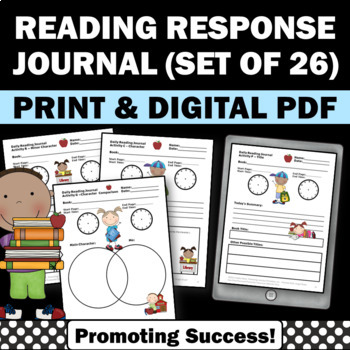
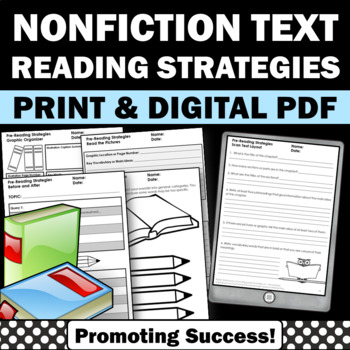
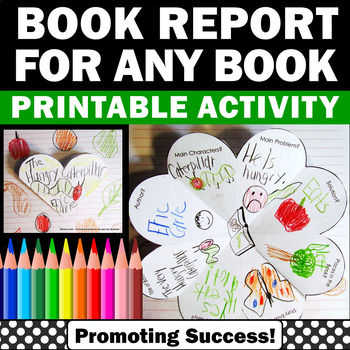

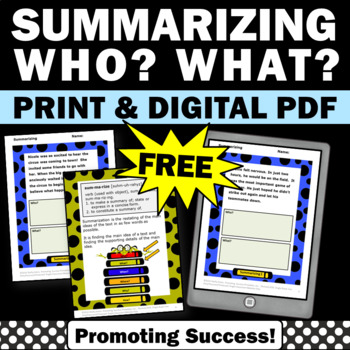
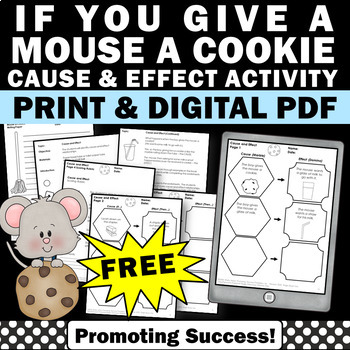







No comments:
Post a Comment
Please leave a comment below. Thank you!